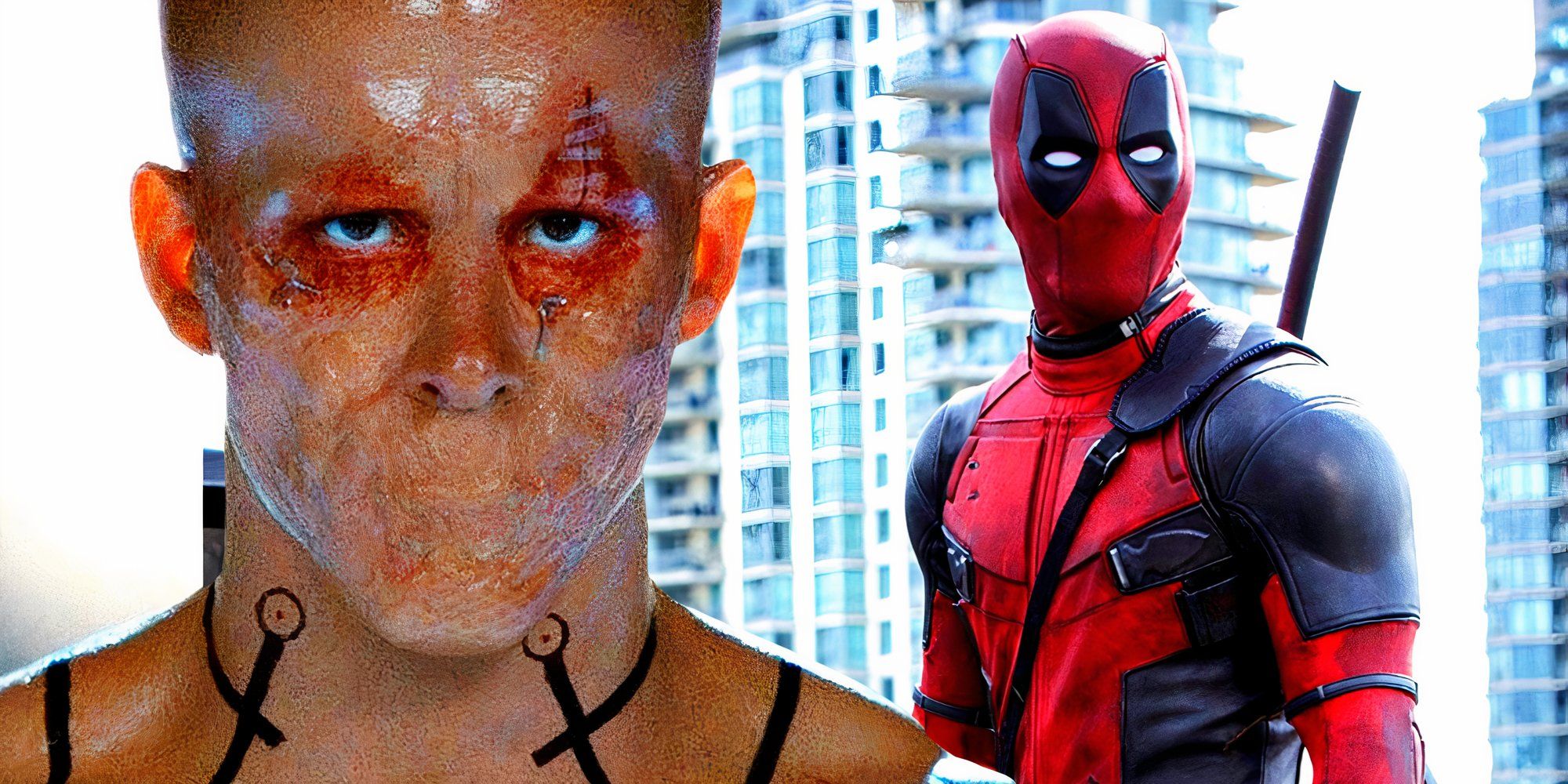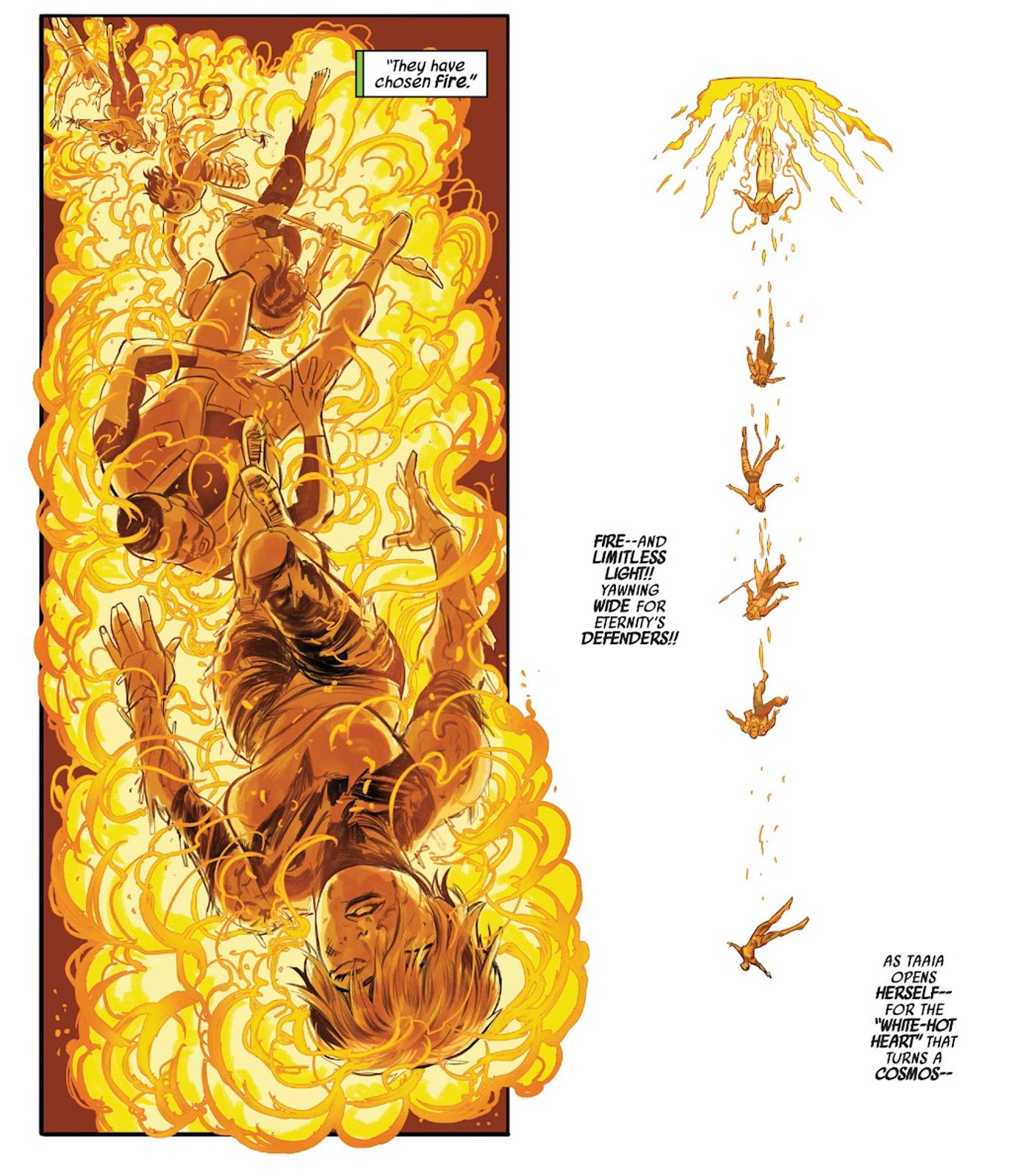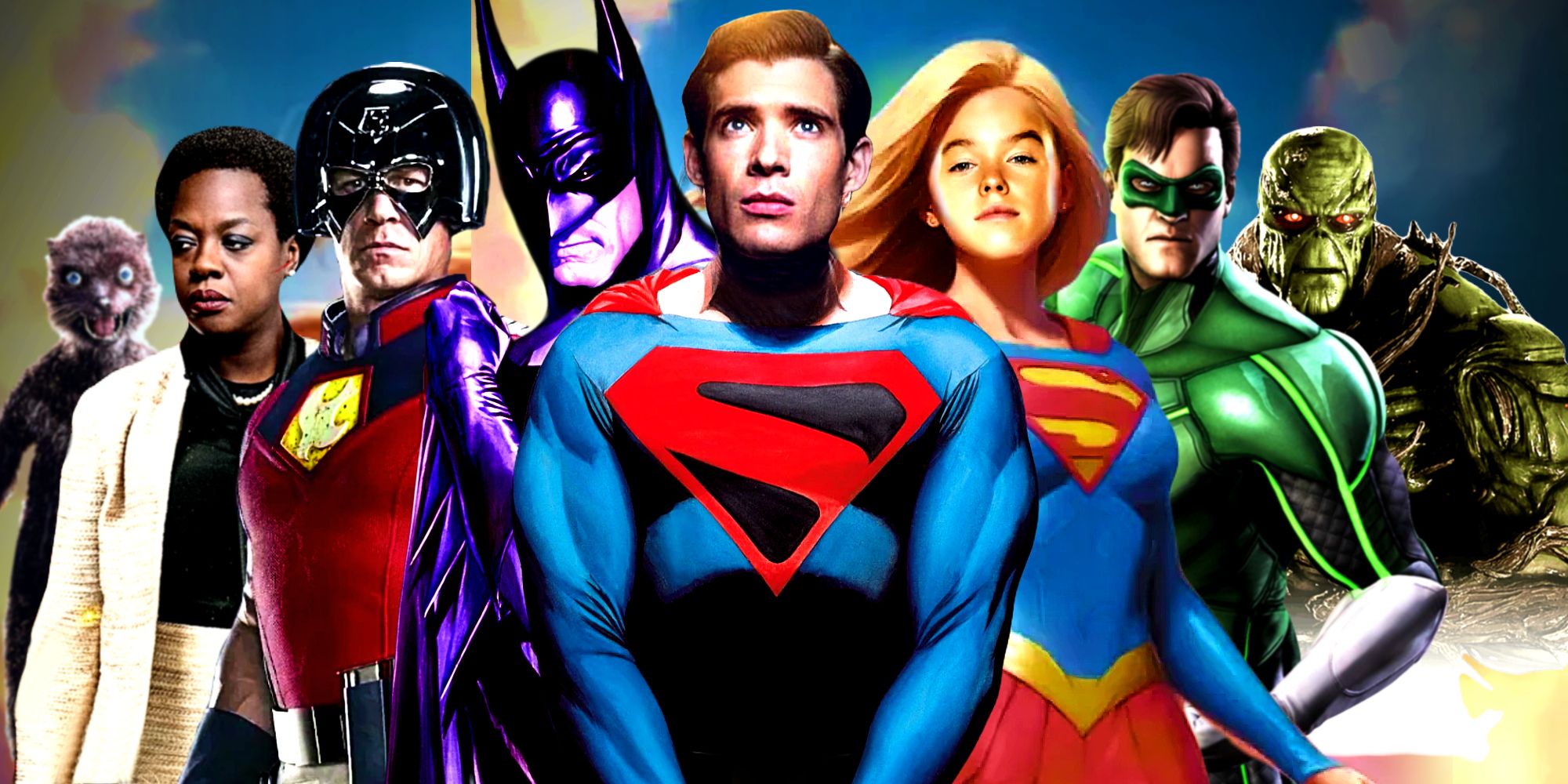Manhunt episode 3 continued to prove that the creators of the historical crime thriller are more concerned with creating gripping television than they are with sticking to the historical record. As is often the case with movies and shows based on historical figures, Apple TV+’s latest hit contains a number of scenes that either manipulate the timeline of events, add characterization to the main players, or are outright fabricated for the sake of the narrative. In lieu of the true story of John Wilkes Booth, the show is primarily concerned with the potential Confederate conspiracy behind his actions.
Given that there is no firm evidence that the Confederate Secret Service actually played a role in Booth’s assassination of Abraham Lincoln, Manhunt includes plenty of departures from reality to serve that fictional narrative. First and foremost, the show expands the role of Secretary Edwin Stanton to set up a cat-and-mouse detective plot between him and John Wilkes Booth. Episode 3 delves further into the sociopolitical climate in which the hunt for Booth took place, and provides a look at the deep divisions that were still present in America despite the conclusion of the Civil War.
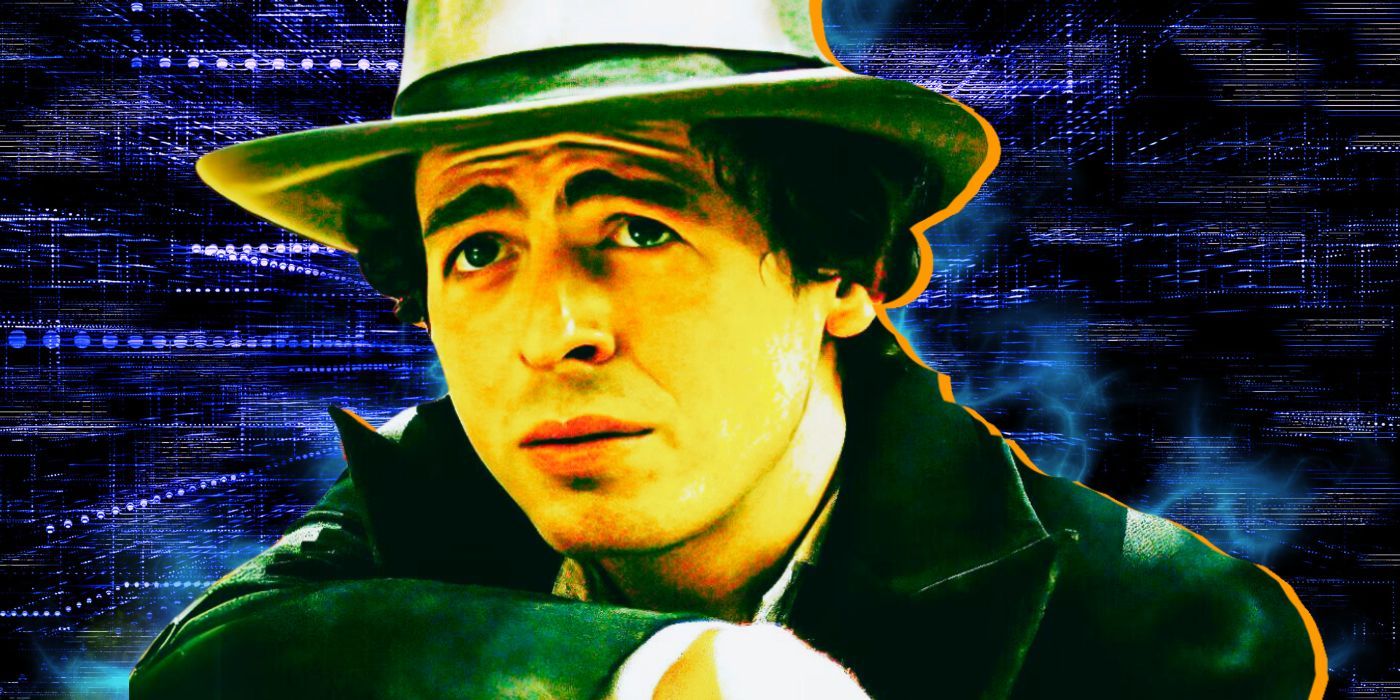
Related
Manhunt Episode 3 Ending Explained: Why John Wilkes Booth Wants To Get To Richmond
After John Wilkes Booth’s post-assassination escape from Washington, he fled with a specific destination in mind for a misguided reason.
10
Edwin Stanton Didn’t Personally Torture Conspirators
Stanton was behind the overall investigation.
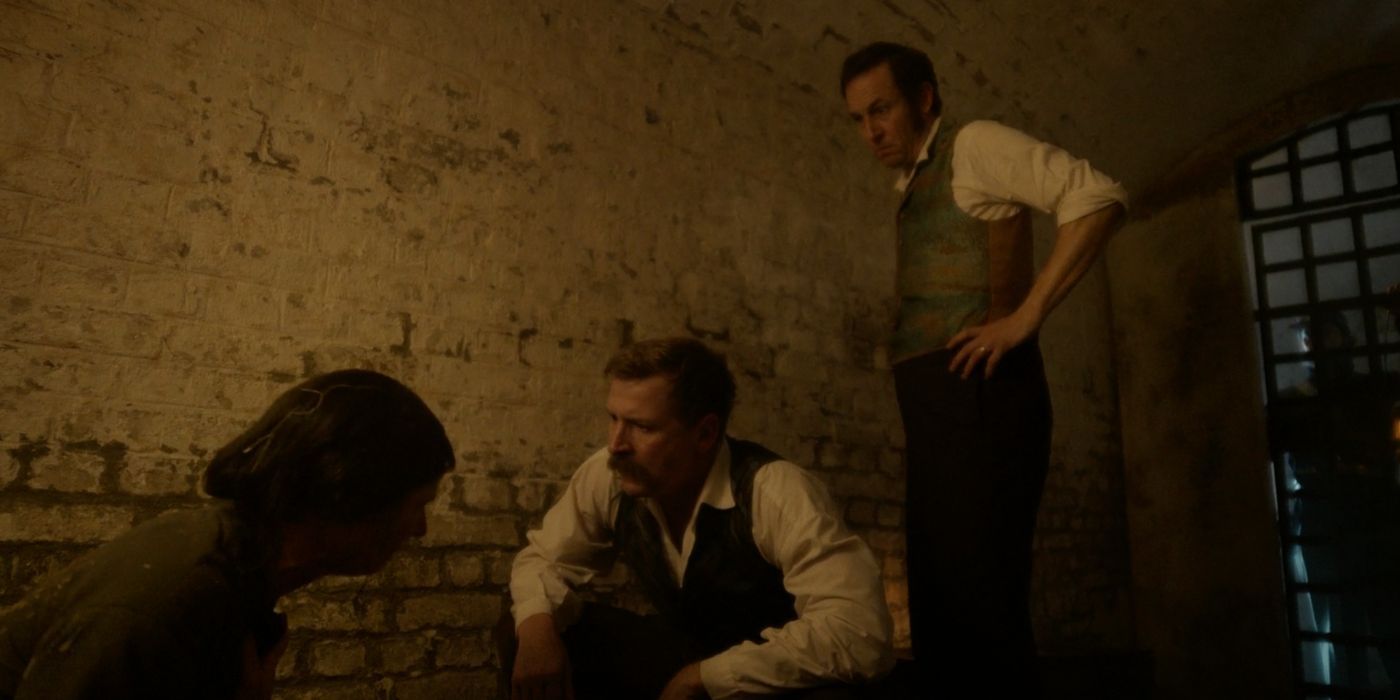
Perhaps the biggest change that Manhunt makes to the historical events that it chronicles is the overall role of Edwin Stanton. The Secretary of War for Abraham Lincoln was in fact close to the president, and the War Department that he led spearheaded the hunt for Booth in the immediate days after the assassination. However, given that he was effectively in control of the government before Vice President Andrew Johnson was sworn in, Stanton never actually did any boots-on-the-ground detective work. In Manhunt episode 3, Stanton is shown directly dealing with the conspirators, which almost certainly didn’t happen.
9
Oswell Swann Didn’t Know Who John Wilkes Booth Was
His brazen confrontation with Booth never happened.
In Manhunt episode 3, Roger Payano’s Oswell Swann holds both Booth and his accomplice David Herold at gunpoint after Booth implies that he won’t pay Swann the agreed-upon amount for guiding them safely to Rich Hill, the home of Samuel Cox. During the confrontation, Swann notes that he knows who Booth is and what he’s done. The real Oswell Swann guided Booth and Herold to Rich Hill as he does in Manhunt, but he did so not knowing who he was helping. Once he discovered Booth’s identity, Swann provided the information he had to Union authorities nearby.
8
Samuel Cox’s Role In The Confederate Secret Service Was Exaggerated
There is no evidence he was a key CSS agent.
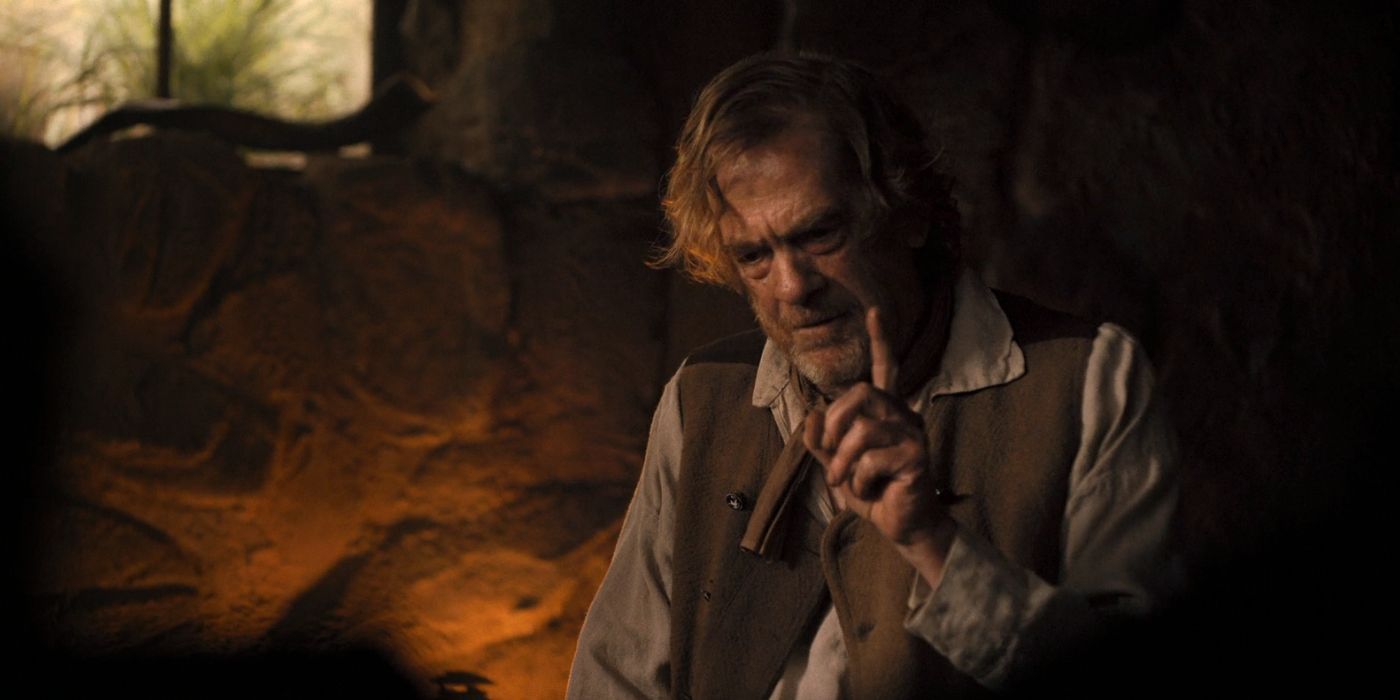
The overarching narrative of Manhunt asks one question above all others: did John Wilkes Booth act alone, or was he backed by the Confederate Secret Service (CSS)? In reality, there was no concrete evidence of a greater Confederate conspiracy to kill Lincoln. However, the investigation of that possibility is what makes Manhunt such an engaging thriller. In episode 3, this concept is furthered with the reveal that Booth’s point-of-contact at Rich Hill, Samuel Cox, is a well-connected member of the Confederate Secret Service, and even has a fully operational signal room in a hidden basement.
In reality, little is known about Samuel Cox’s interaction with Booth once he arrived at Rich Hill. Per LincolnConspirators.com, Booth and Herold only approached Cox because they knew he was a Confederate sympathizer, and were not allowed to stay long at his home. The real Cox did send them to a pine thicket to hide as he does in Manhunt, but the notion that he had deep ties to the CSS and a secret basement seems to be a stretch.
7
There Was No Record Of Racial Incidents Outside Edwin Stanton’s Door
The Alec Leconte incident is intended to represent the many instances of racial violence.
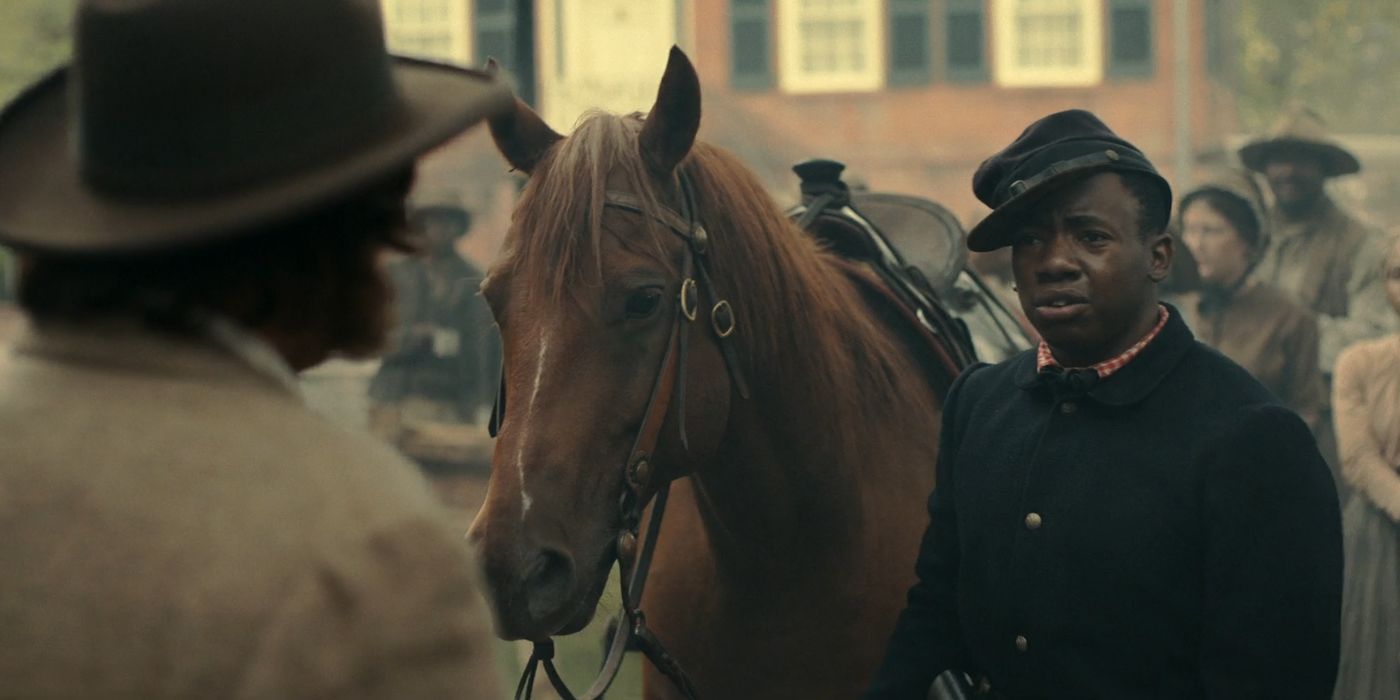
One of the most dramatic scenes in Manhunt episode 3 is the scene outside Edwin Stanton’s home in which a number of black Union soldiers who work for Stanton are harassed and ultimately assaulted by an unruly crowd of white citizens, including members of the local police. One of the soldiers, Alec Leconte, is shot and killed after being falsely accused of stealing a horse. Edwin Stanton himself is part of the group that subdues the gunman, placing the show’s protagonist at the center of the action.
In reality, there is no record of a soldier named Alec Leconte being shot outside Edwin Stanton’s home. The scene is instead meant to be representative of the widespread racial violence that was prevalent in the months immediately following the end of the American Civil War. At that time, newly free black citizens in the South were constantly under threat of physical violence, and 1866 saw two major race riots in Memphis and New Orleans. While the scene in Manhunt episode 3 is effective in demonstrating the climate of the era, it isn’t historically accurate.
6
Lincoln Never Spoke With Frederick Douglass & Edwin Stanton Together
While he did have relationships with both men, the scene in Manhunt is fabricated.
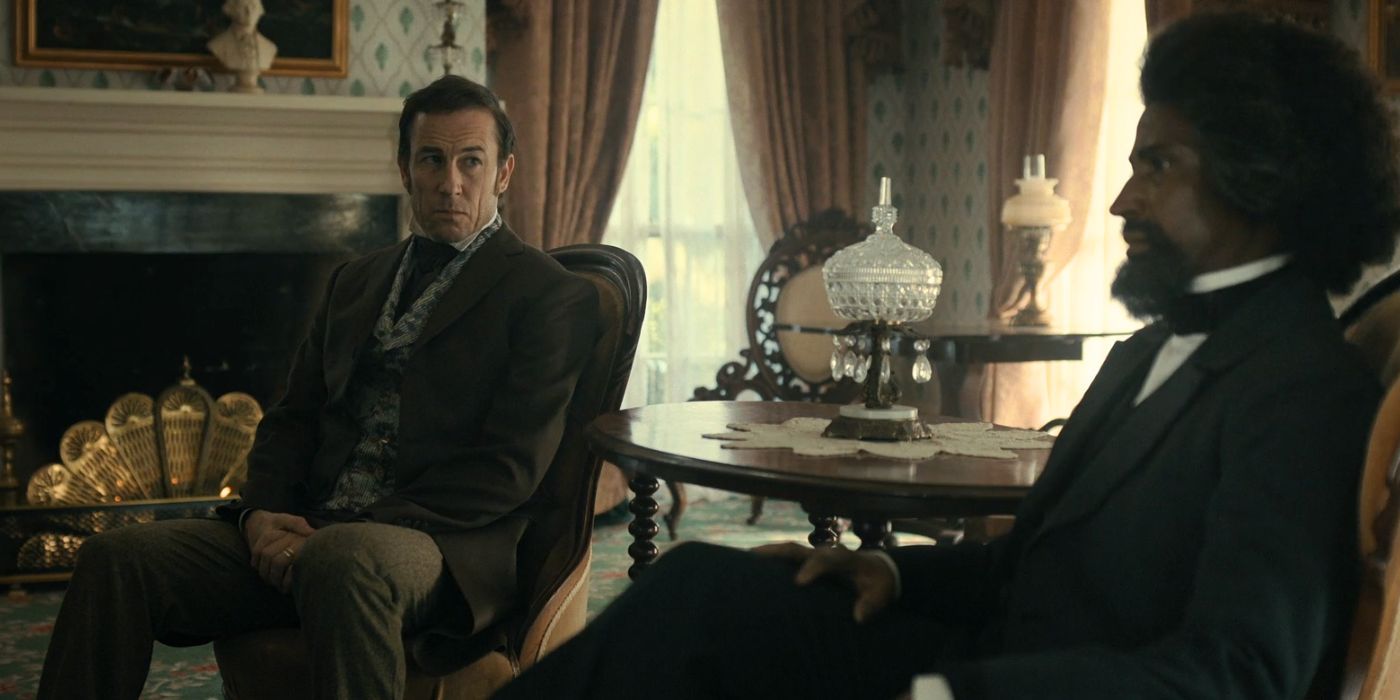
Part of what motivates Stanton throughout Manhunt is his desire to see Abraham Lincoln’s vision for the newly reunified United States come to fruition. This is made explicit in a flashback scene from episode 3 in which Lincoln lays out his desire to see black Americans fully integrated into society to both Edwin Stanton and Frederick Douglass. Douglass, a former slave, was a major leader in the abolitionist movement in the period before and during the Civil War, and while he did have a relationship with Lincoln there is no record that the three men ever had a discussion together.
Manhunt Episode Release Schedule | |
|---|---|
Episode | Release Date |
Episode 1: “Pilot” | 3/15/2024 |
Episode 2: “Post Mortem” | 3/15/2024 |
Episode 3: “Let the Sheep Flee” | 3/22/2024 |
Episode 4: “The Secret Line” | 3/29/2024 |
Episode 5: “A Man of Destiny” | 4/5/2024 |
Episode 6: “Useless” | 4/12/2024 |
Episode 7: “The Final Act” | 4/19/2024 |
The scene in episode 3 is important in further establishing why Stanton is so personally motivated to find and capture Booth. Stanton knows that America can’t move forward as long as Booth is on the run; every minute that Booth spends free encourages and emboldens those who still hold to the Confederacy. The conversation shown between Lincoln, Stanton and Douglass details what’s at stake if America is not allowed to move forward.
5
George Sanders Role In Booth’s Assassination Plot Is Unknown
His role was expanded in the show for the sake of the conspiracy.
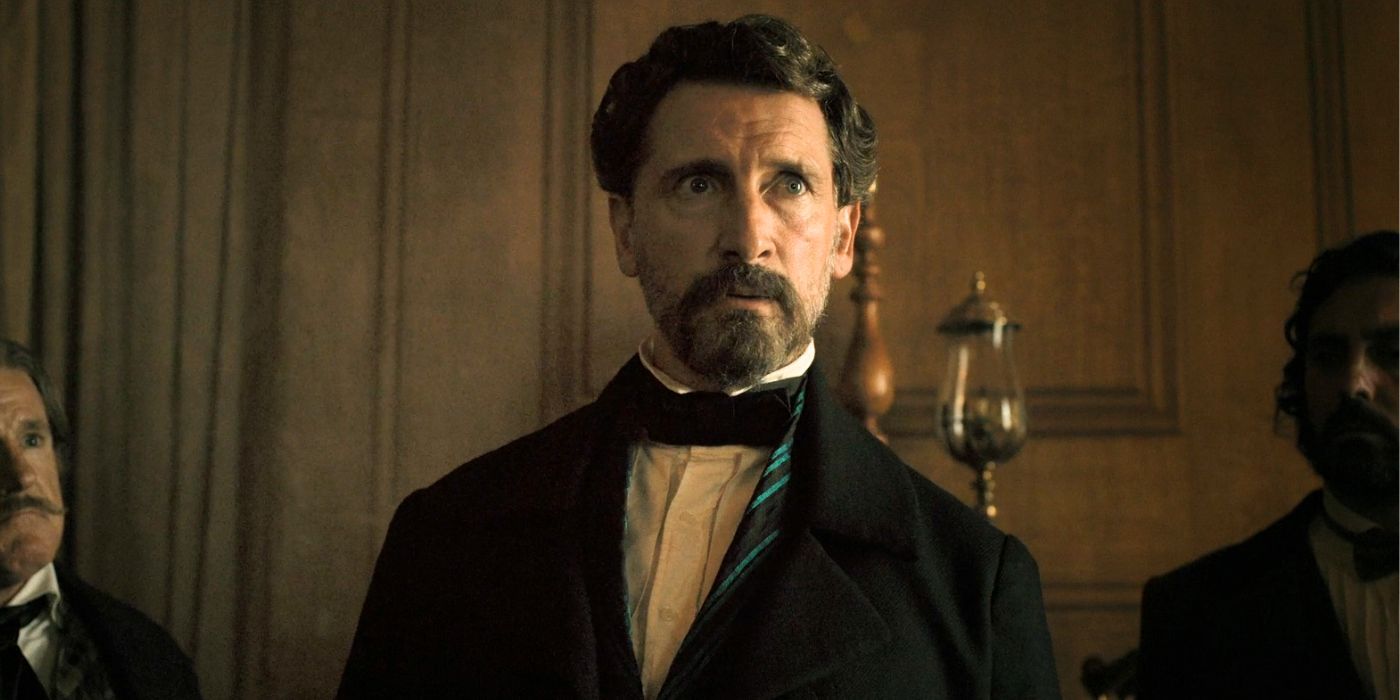
Per Melinda Squires of Western Kentucky University, George Sanders was a prominent American official who played a role in the development of business on Wall Street, the annexation of Texas, and political affairs surrounding the Confederacy. He is believed to have been a Confederate agent at the time of the Lincoln assassination, based in Montreal, a Confederate hot spot. Manhunt shows something similar, although the show heavily implies that Sanders was the mastermind behind the assassination.
In reality, Sanders was heavily suspected of the very same, although nothing was ever proven beyond speculation. Per the UVA Miller Center, President Andrew Johnson even placed a $25,000 reward on Sanders’ head on May 2nd for his suspected connection to the assassination, although all charges were ultimately dropped. Manhunt pivots in the opposite direction, with the sneering Sanders telling Stanton that he and Johnson had reached “an understanding”, implying he has his claws in the White House and subtly noting that Johnson himself may have been aware of the assassination plot.
4
John Surratt Jr. Didn’t Travel As John Wilkes Booth
There is no evidence that Surratt tried to throw the authorities off Booth’s trail.
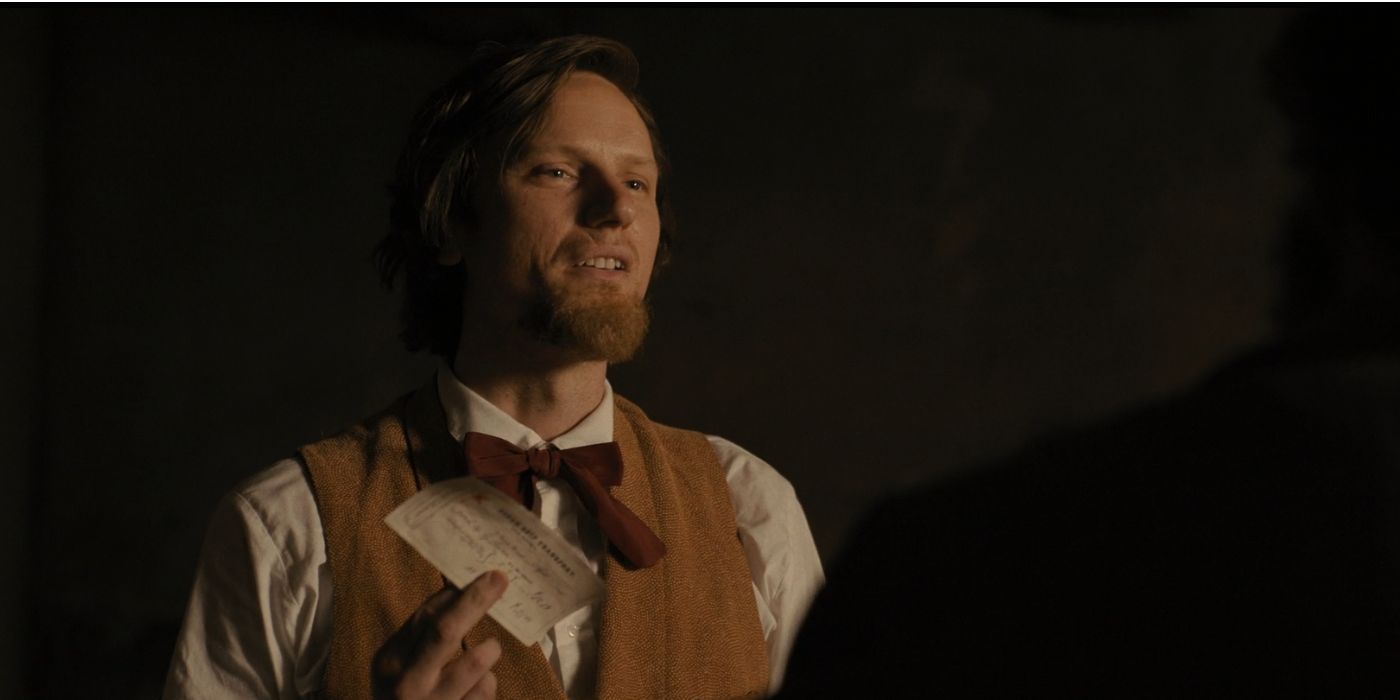
John Surratt, Jr.’s nefarious spy character in Manhunt is not all that far off from reality. The real Surratt was involved in Booth’s original plot to kidnap Lincoln, and was heavily suspected of being involved in the assassination plot as well. When he found out about the assassination, he fled to Canada. In Manhunt, Stanton discovers that Surratt escaped on a ship likely bound for England, where the Confederacy has allies. Stanton discovers that he was traveling with John Wilkes Booth’s costume trunk, and suspects that Surratt was trying to fake Booth’s death and throw the authorities off his trail.
The real Surratt did ultimately escape to England, but it happened well after it’s shown to occur in Manhunt. Surratt hid out until well after his mother, Mary Surratt, was tried and hanged for her role in the conspiracy. He eventually found his way to Egypt, where he was arrested and extradited back to the United States. However, by that time, the statute of limitations had expired on most of the chargers he would have been tried for.
3
There Is No Record Edwin Stanton Ever Traveled To Montreal
Stanton didn’t have a hands-on role in the hunt for Booth.
Stanton’s big trip to Montreal to find Surratt, who he believed to be the best lead he had on Booth’s whereabouts, never actually happened. The scene in Manhunt is key to further establishing his fervid pursuit of Booth, and setting up a face-to-face with George Sanders, who is being set up as the man behind the curtain on the entire Confederate conspiracy. Stanton was in such a position of power after the assassination that he would never have left Washington to pursue a lead himself.
2
The Ciphers Didn’t Prove Booth’s Connection to the Confederate Secret Service
While the ciphers may have existed, they aren’t the proof the show paints them to be.
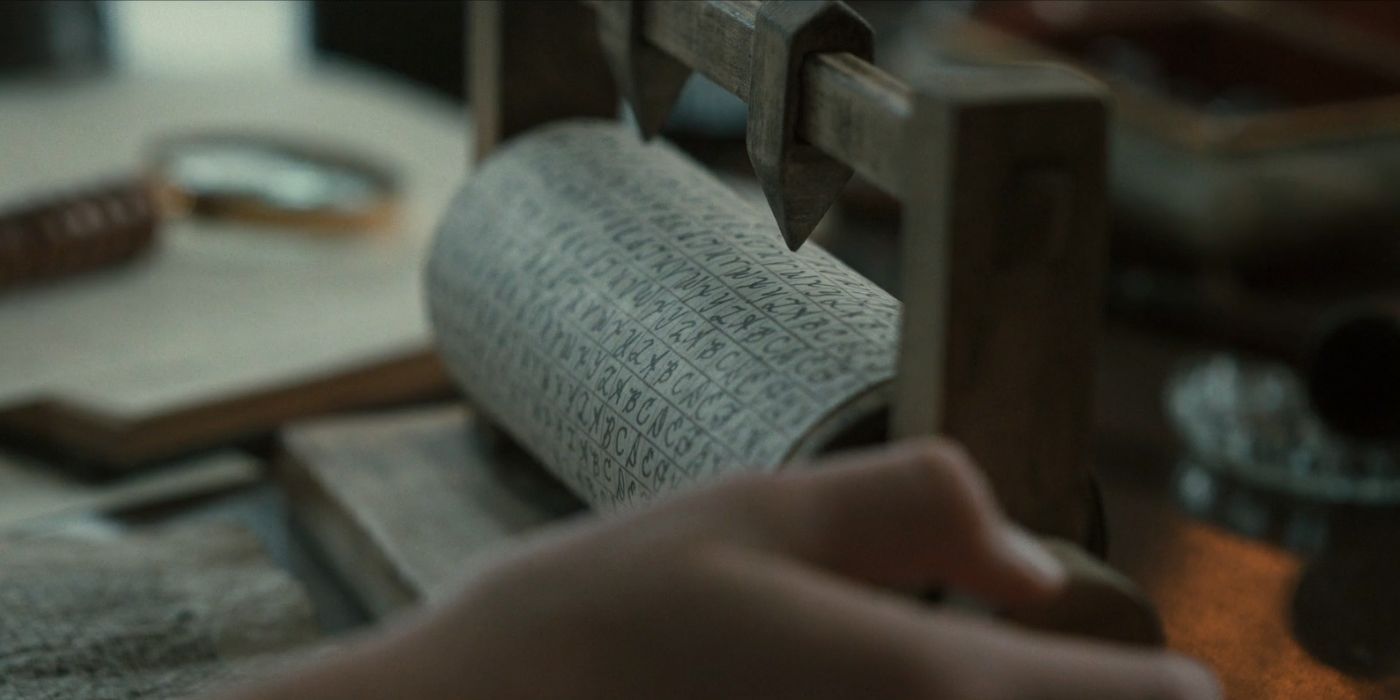
One of the big reveals in Manhunt episode 3 is that Judah Benjamin, the Confederate Secretary of State, had a cipher exactly like the one found in Booth’s hidden room in the Surratt boardinghouse. It’s implied that the discovery of the cipher is a direct link between the Confederate Secret Service and Booth, and therefore validates all of Stanton’s suspicions. In reality, the ciphers don’t actually prove a connection based on how commonplace they were.
The nature of ciphers like the one found among the real John Wilkes Booth’s belongings could be set up any number of ways, and would require knowledge of a key phrase to decipher. The Confederacy used ciphers like this, and the key phrase that Stanton’s assistant Thomas Eckert discovers (“Come retribution”) was in use by the Confederacy during the final stages of the Civil War. However, just because Booth owned a cipher doesn’t mean much; codes and ciphers were a common fascination at the time, so it’s not unusual that he would own one.
1
There Is No Evidence Mary Simms Was Given A Land Grant
Simms’ character provides the perspective of former slaves in post-Civil War America.
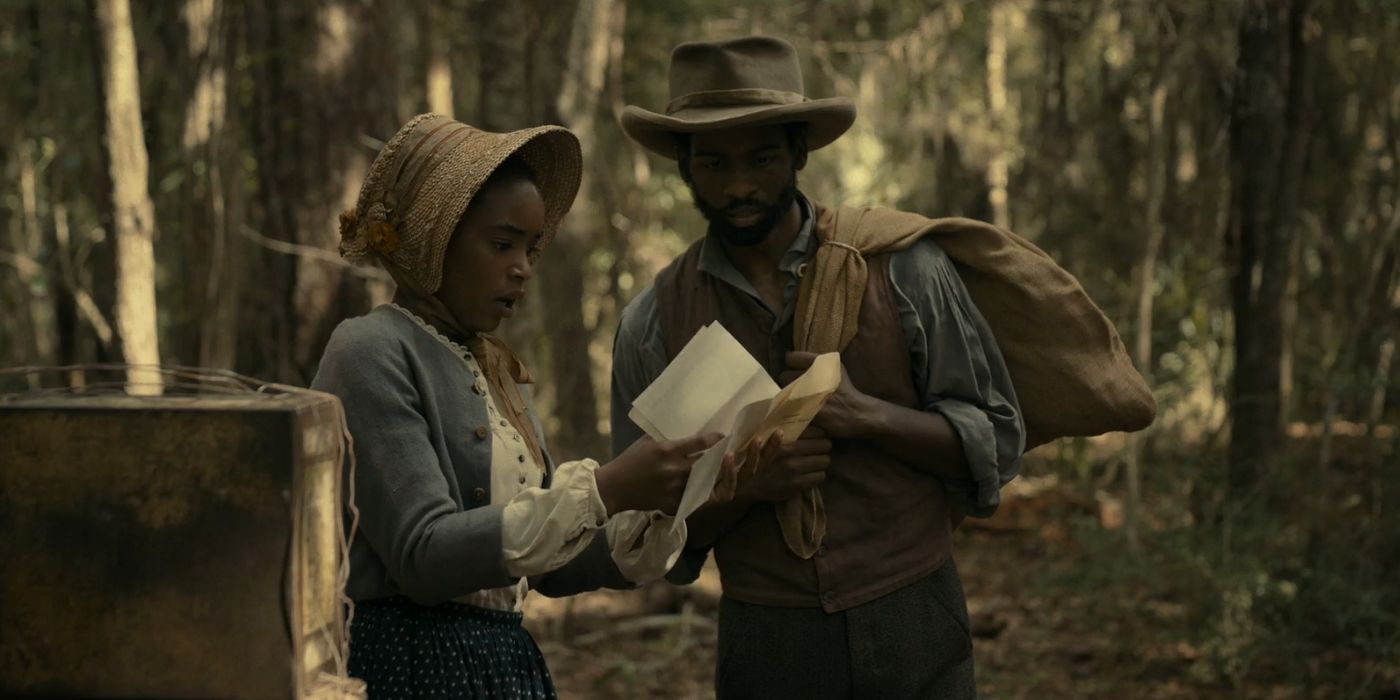
Mary Simms was a real former slave of Dr. Samuel Mudd’s, who testified against Mudd and the Booth conspirators when the time came. The Mary Simms depicted in Manhunt is intended to be a composite of the individuals who testified against the conspirators. She and her brother Milo also provide the audience with the perspective of newly freed slaves in post-Civil War America. There is no record that the real Mary Simms ever received a land grant like the one seen at the conclusion of Manhunt episode 3, but many black Americans did receive one from Edwin Stanton’s War Department.
